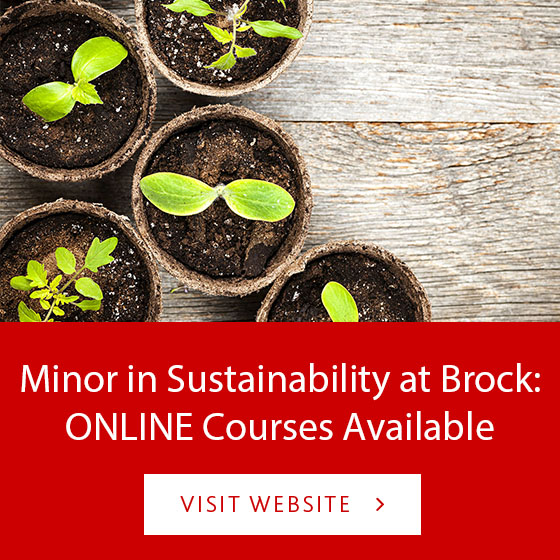Published on February 22 2017
From The Brock News
February 16, 2017
Brock University and the Town of Lincoln formalized an agreement that could help the municipality and the school identify joint projects that enrich Brock’s educational opportunities while advancing the town’s economic, social and community development.
The Memorandum of Understanding (MOU) signed by Lincoln Mayor Sandra Easton and Brock Interim President Tom Traves on Wednesday, Feb. 15 is the latest venture to see the town and university collaborate on initiatives that support the strategic intentions of both parties.
This helps build communities but also strengthens Brock and makes it increasingly valuable to the entire region as a key resource for education and knowledge.
The MOU will see the two partners create a joint steering committee that explores ways of moving forward by matching the University’s areas of expertise with the Town’s needs and opportunities.
Traves said Brock is committed to supporting the development of local communities, especially in ways that benefit both partners.
“For the University, initiatives like this typically lead to work-integrated experiential learning opportunities, while advancing cutting-edge research and transferring Brock’s innovation into our host communities, supporting social and economic needs,” said Traves.
This new genre of collaboration between universities and municipalities allows for community co-research models, where the town is an active partner who not only helps define the scope of a project, but participates in research whose outcomes are specific and can be realistically implemented by a local municipality.
Easton said the MOU provides the knowledge and expertise of Brock faculty and students, bringing “a much broader perspective that can only assist us in our vision of a future, sustainable Lincoln.”
“This collaboration serves as a local think tank with focus and expertise,” said Easton, “a relationship to benefit Council, our community, and our staff.”
From The Brock News



